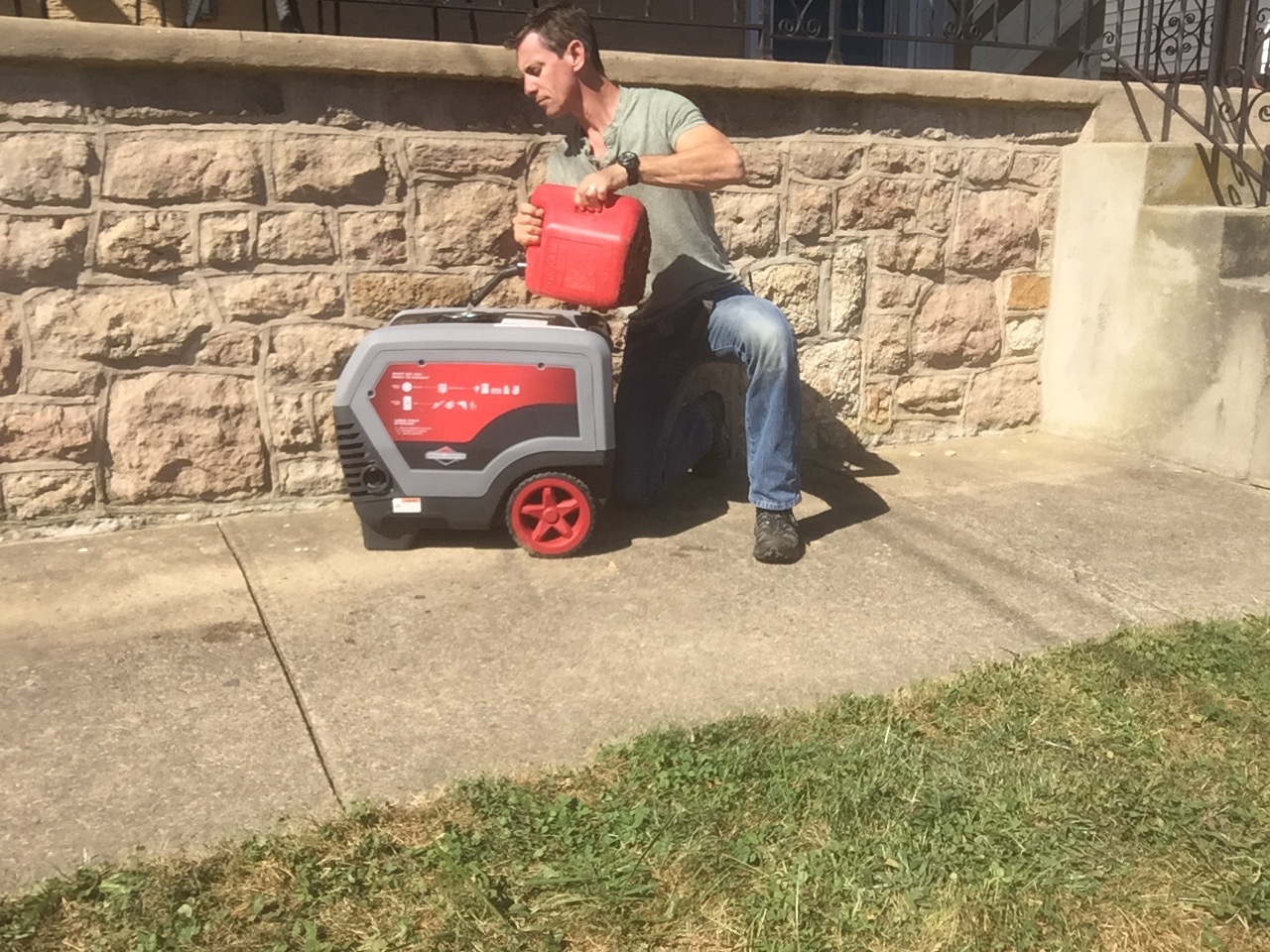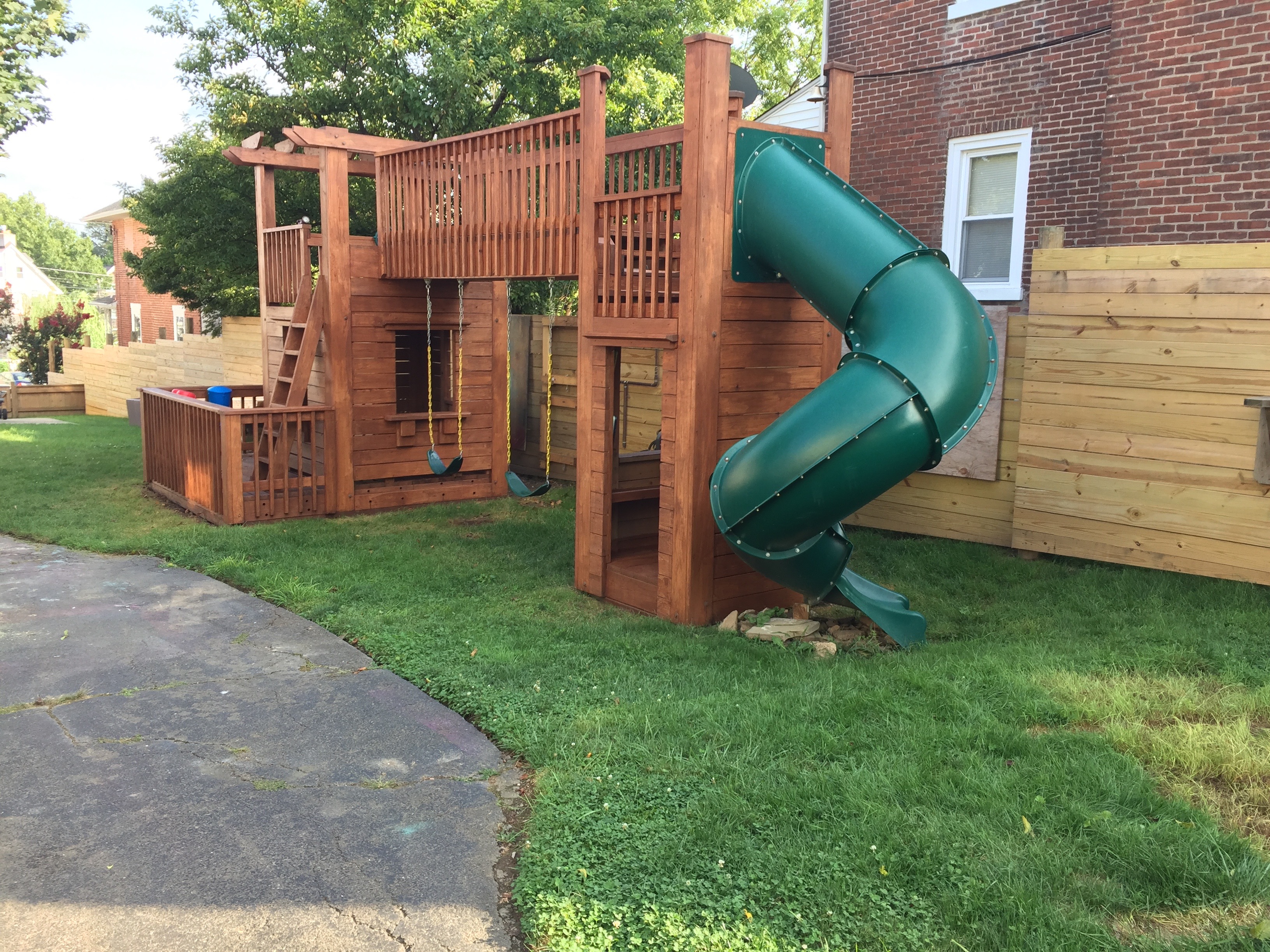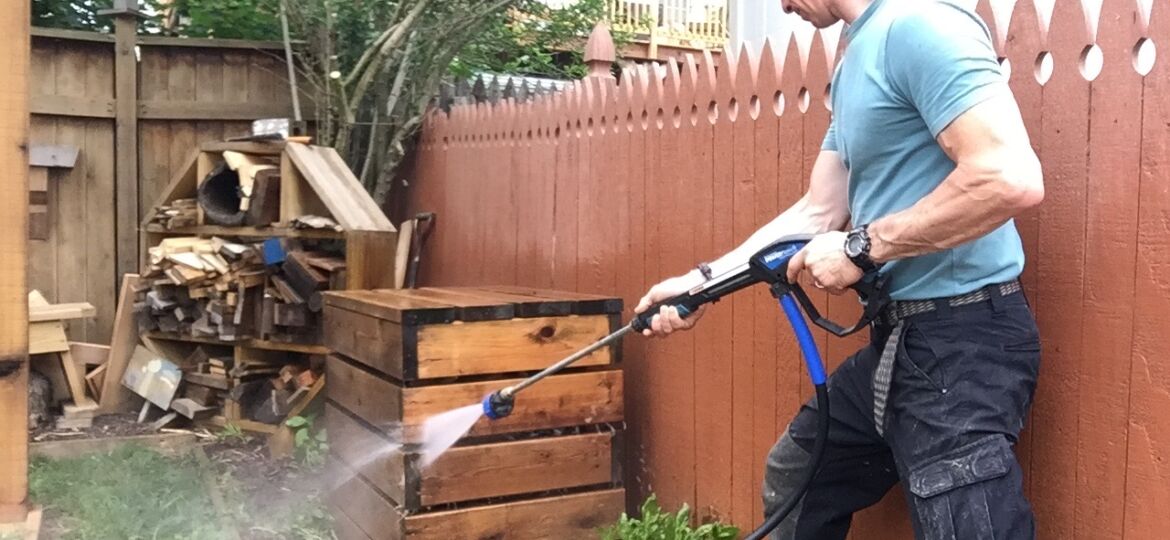
Tool review in two-sentences: I found the Briggs & Stratton pressure washer, Model 20569, effective and really well-designed for a tool that is notoriously hard to design well. It is easy to use with some stand-out features. Now here’s some nitty and some gritty if you want it(ty).
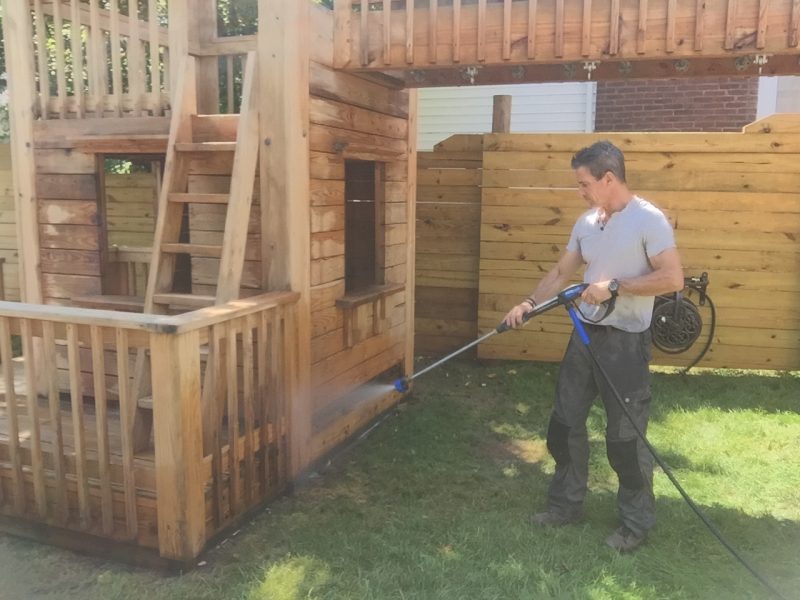


Let’s start with the engine. Flip an on/off button, pull the cord and it starts. Near magic. No choke, no primer bulb, nothing. Not that any of those are hard or should be seen as inconveniences. We’re all grown-ups and can manage those things. Nevertheless, as engineers might says, it is an elegant solution.
Note for non-instruction readers/forgetters like me: Turn water on to the unit, squeeze the trigger to relieve water pressure, pull cord. If it doesn’t kick over on the first try (it almost always does), release the water pressure again and repeat.
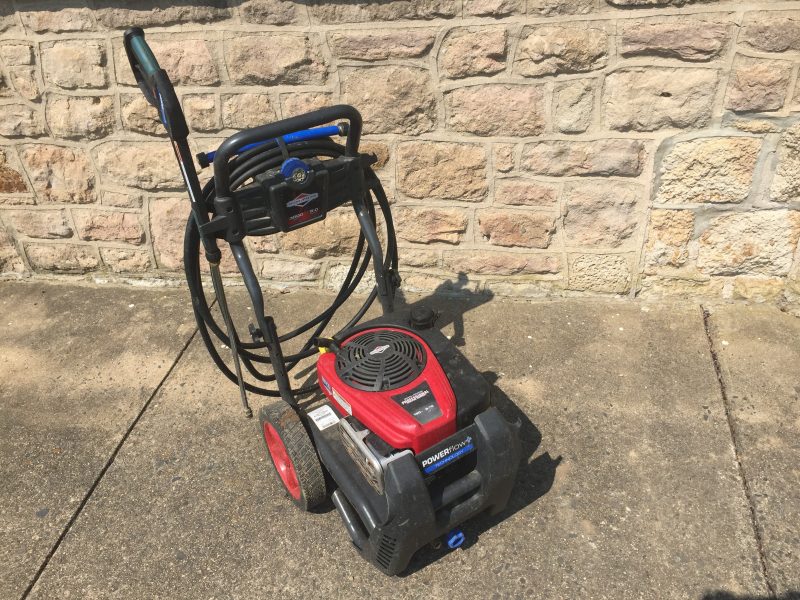


The handle is designed as a dashboard of sorts to manage and corral the hose, wand, and nozzle (which is cool and we’ll get to in a minute). Pressure washer hoses—and the one that ships with the Briggs & Stratton pressure washer is nice—have to be incredibly robust. They effectively have to be flexible pipes, so they’re hard to coil and manage. For every other pressure washer I’ve owned, the only time the hose stays coiled or otherwise reasonably organized is when I take it out of the box before using it for the first time.
The Briggs & Stratton ‘dashboard’—especially the rubber strap that secures the hose—is the best system I’ve seen for keeping it reasonably under control. This makes moving the unit on its wheel kit also reasonably un-frustrating. This is high praise. Well-done.
The wand stores in the handle assembly too. It doesn’t drag on the ground or slip out if you put it in right (I poooooossibly needed to go back and look at a photo of the unit to remember how it’s supposed to go). If you need the space, the handle folds down for more compact storage.
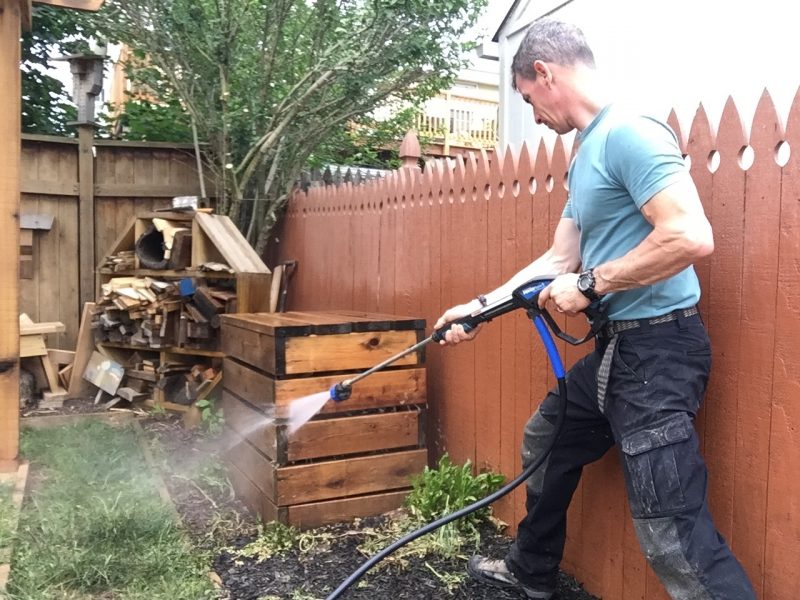


The Briggs and Stratton pressure washer delivers 3000 Max PSI and 5 GPM of water. It was abundant power to help clean a pergola with a near fused-on finish along with various other projects I tasked it with.
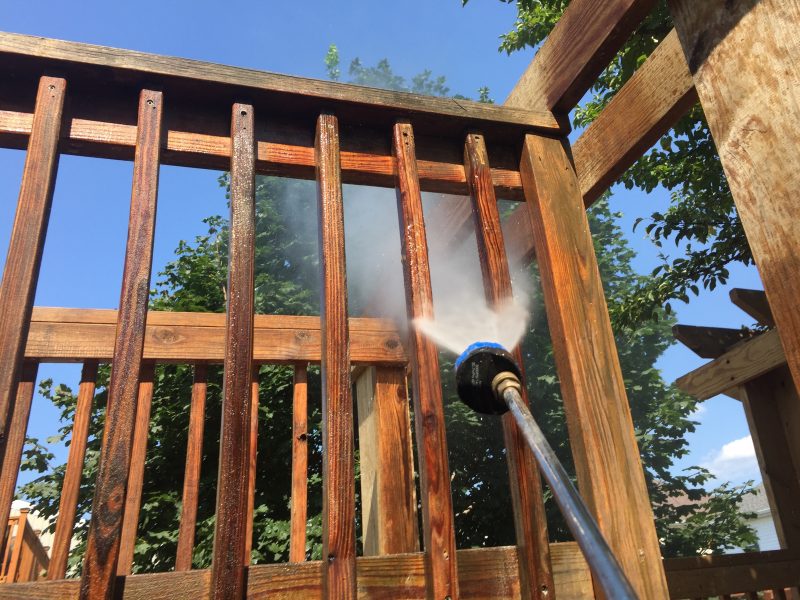


A word about pressure washers—and doing the dishes. In my opinion, cleaning outdoor items like pergolas and decks and playsets is akin to doing the dishes. If you have a greasy frying pan, you use dish soap to dissolve the grease. If you have a crusted up baking pan, you soak it in water to emulsify whatever you burnt. Then you scrub it and rinse it. Sometimes you need to do both. Same with wood. Some detergents strip finish. Others clean dirt and mold.
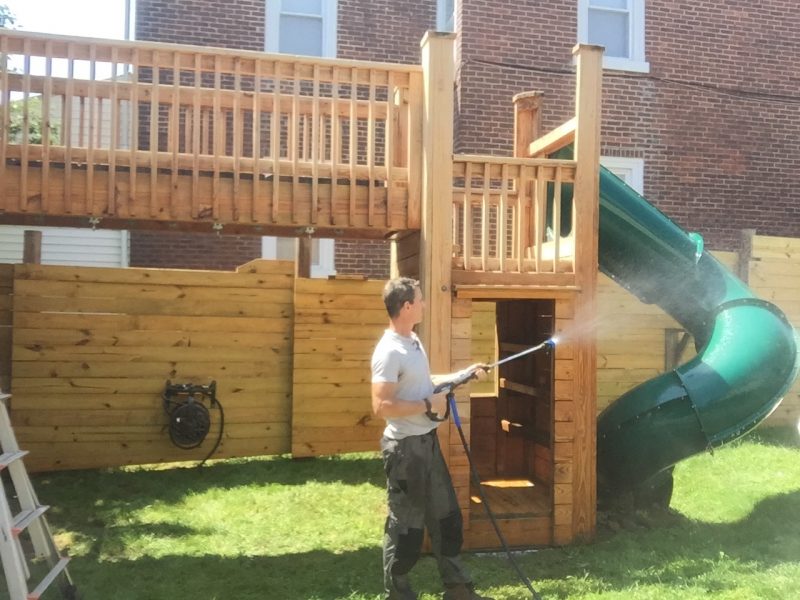


Same with a deck (not so much with other stuff like driveways or stucco, but I’m being general here). In other words, these units don’t clean, they rinse. The Briggs & Stratton pressure washer is no different. It’s the rinse cycle in a series of things you do to clean outdoor things. I say that to say this: They’re machines, not magic wands. They’re part of a process, so be careful with them and understand the process and their part in them.
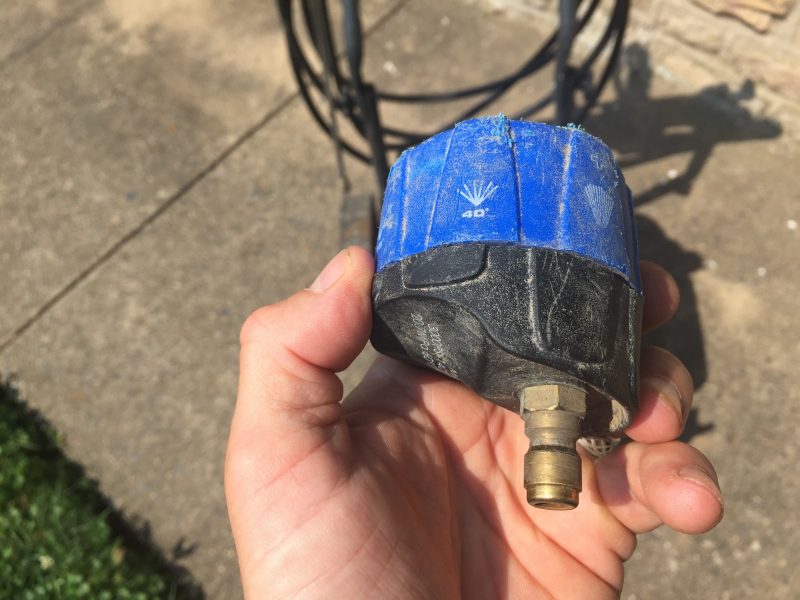


Which leads me to the well-designed 7-in-1 nozzle. Instead of interchanging nozzle tips, the Briggs & Stratton pressure washer uses a quick connect head, sort of like a nail gun hose. The nozzle has all the spray patterns and volumes you need built into it, including soap dispensing and rinsing. All you do is turn the dial to get the right amount—and pressure—of water to come out.
On wood cleaning projects like decks I use the 40-degree spray. What’s extra nice about it is that by turning the blue dial half a turn you can change the fan pattern from vertical to horizontal or somewhere in between. This is great for complicated projects like hand rails and pergolas and playsets. I even used it cleaning my compost bin.
Like some cordless tools, the trigger has a thumb-button trigger release. On most projects it’s nary a second thought. And I think it’s a good idea for people who don’t use tools every day because it forces the user to release the water intentionally.
I wish the hose-to-manifold connection had a little more space for my hands to turn the hose collars. It’s a little bunched up (all the ones I’ve seen are). It’s sort of hard to get a solid seal because there’s little room to make a fist around the hose while twisting it. It’s not the end of the world, just me being a persnickety tool dweeb.
Briggs & Stratton put the whole process of pressuring washing in mind when designing this unit and it shows. It’s an elegant solution.
Briggs & Stratton pressure washer – $400 – Worth it.
Image already added
